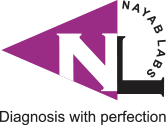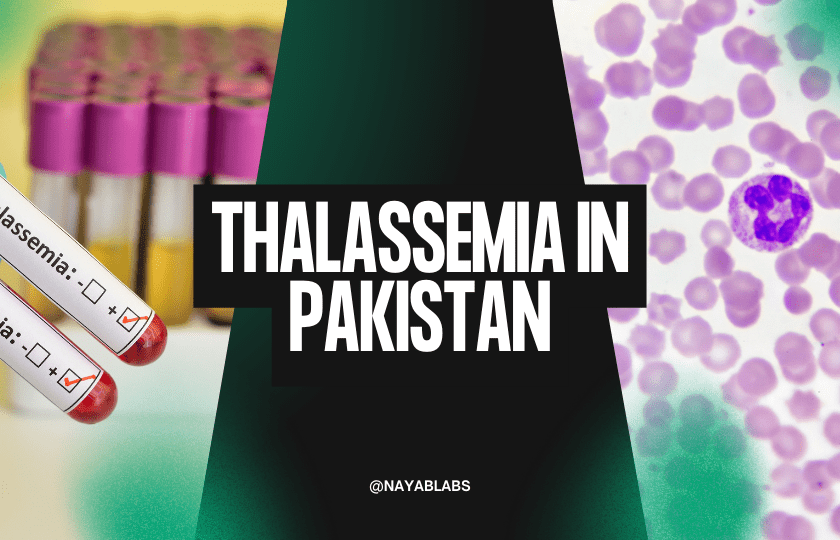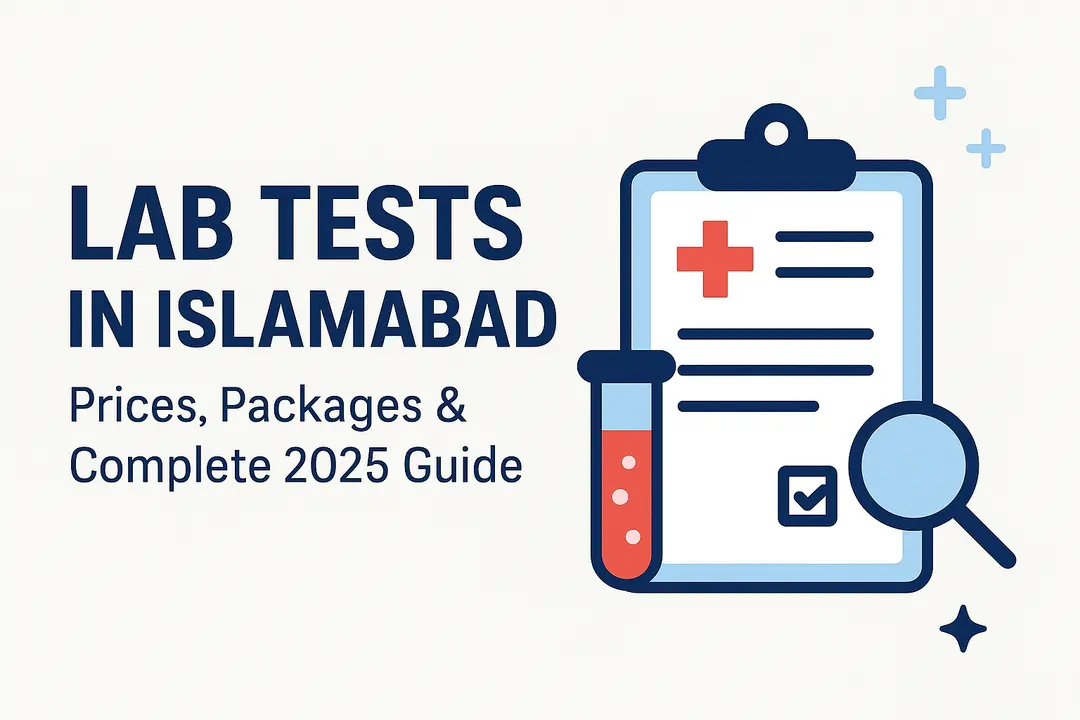Thalassemia is a genetic blood disorder that affects the production of hemoglobin, leading to anemia and other health complications. In Pakistan, thalassemia is a significant public health concern, with an estimated 5,000 to 9,000 children born with the disease every year. Due to a lack of awareness and limited access to diagnostic facilities, many cases go undiagnosed or are detected too late. This blog provides a comprehensive guide to understanding thalassemia, its symptoms, diagnostic methods, and essential tests for effective management.
What is Thalassemia?
Thalassemia is an inherited blood disorder caused by mutations in the genes responsible for hemoglobin production. Hemoglobin is the protein in red blood cells that carries oxygen throughout the body. When hemoglobin production is impaired, it leads to:
- Anemia (low red blood cell count).
- Fatigue, weakness, and other complications.
There are two main types of thalassemia:
- Alpha Thalassemia: Caused by defects in the alpha-globin genes.
- Beta Thalassemia: Caused by defects in the beta-globin genes.
Beta thalassemia is more common in Pakistan and is further classified into:
- Thalassemia Minor (carrier state): Mild or no symptoms.
- Thalassemia Major: Severe anemia requiring lifelong treatment.
Symptoms of Thalassemia
The symptoms of thalassemia vary depending on the type and severity of the condition. Common symptoms include:
- Fatigue and Weakness: Due to low hemoglobin levels.
- Pale or Yellowish Skin: Caused by anemia and jaundice.
- Dark Urine: A sign of red blood cell breakdown.
- Delayed Growth and Development: Especially in children with thalassemia major.
- Bone Deformities: Enlarged spleen or bone marrow expansion.
- Frequent Infections: Due to weakened immunity.
In thalassemia minor, symptoms may be mild or absent, making it essential for carriers to undergo testing, especially before planning a family.
Diagnosis of Thalassemia
Early diagnosis is crucial for managing thalassemia effectively. The diagnostic process typically involves:
- Family History and Genetic Counseling
- Thalassemia is inherited, so a family history of the disease increases the risk.
- Genetic counseling is recommended for couples with a family history of thalassemia.
- Physical Examination
- Doctors may check for signs of anemia, jaundice, or an enlarged spleen.
- Blood Tests
- Blood tests are the primary tool for diagnosing thalassemia.
Essential Tests for Thalassemia
Several laboratory tests are used to confirm the diagnosis and determine the type and severity of thalassemia:
- Complete Blood Count (CBC)
- Measures red blood cell count, hemoglobin levels, and other blood components.
- Low hemoglobin and smaller red blood cells are indicators of thalassemia.
- Hemoglobin Electrophoresis
- Identifies abnormal hemoglobin variants in the blood.
- Helps distinguish between thalassemia and other types of anemia.
- Genetic Testing
- Detects mutations in the alpha or beta-globin genes.
- Confirms the diagnosis and identifies carriers.
- Prenatal Testing
- Recommended for at-risk couples to diagnose thalassemia in the fetus.
- Methods include chorionic villus sampling (CVS) or amniocentesis.
- Iron Studies
- Thalassemia patients often have iron overload due to frequent blood transfusions.
- Iron studies help monitor and manage iron levels.
Treatment and Management of Thalassemia
While there is no cure for thalassemia, several treatment options can help manage the condition:
- Blood Transfusions
- Regular transfusions are required for thalassemia major patients to maintain healthy hemoglobin levels.
- Iron Chelation Therapy
- Frequent transfusions can lead to iron overload, which is toxic to organs.
- Iron chelation therapy helps remove excess iron from the body.
- Bone Marrow Transplant
- The only curative treatment for thalassemia major.
- Requires a compatible donor and is a complex procedure.
- Folic Acid Supplements
- Helps in the production of healthy red blood cells.
- Lifestyle Modifications
- A healthy diet, regular exercise, and avoiding infections can improve quality of life.
Thalassemia in Pakistan: Challenges and Solutions
Pakistan has one of the highest rates of thalassemia in the world due to:
- Lack of Awareness: Many people are unaware of the genetic nature of the disease.
- Consanguineous Marriages: Marriages between close relatives increase the risk of inherited disorders.
- Limited Access to Testing: Diagnostic facilities are not widely available, especially in rural areas.
To address these challenges, the following steps are essential:
- Public Awareness Campaigns: Educate people about thalassemia and the importance of carrier testing.
- Prenatal Screening: Encourage at-risk couples to undergo prenatal testing.
- Government Support: Increase funding for thalassemia treatment centers and diagnostic facilities.
Conclusion
Thalassemia is a serious but manageable condition if diagnosed early. In Pakistan, raising awareness about the disease and improving access to diagnostic tests are critical steps toward reducing its burden. If you or a family member are experiencing symptoms of thalassemia, consult a hematologist and undergo the necessary tests. For couples planning to start a family, genetic counseling and carrier testing can help prevent the transmission of thalassemia to future generations.
By taking proactive steps, we can work together to combat thalassemia and ensure a healthier future for Pakistan.
Let me know if you’d like to add or modify anything!









